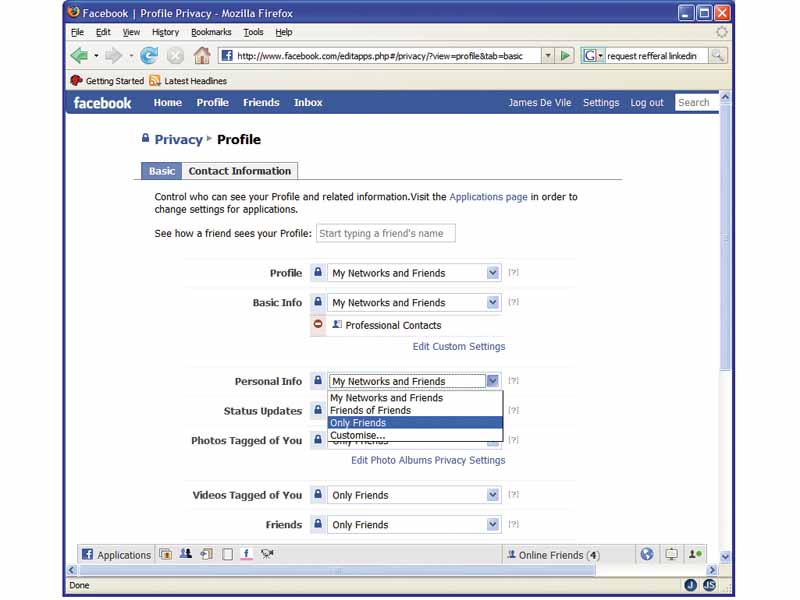
The perilous world of online reputation management remains big news. Scare stories about people being sacked due to objectionable online content abound, with The Guardian reporting that more than 1,700 people have been sacked or disciplined for Internet misuse in the past three years.
What's considered far less is the risk in not having any kind of presence online. Total online anonymity may be the ultimate protection from harm, but it's also protection from opportunity. A personal website, a few Google results and a LinkedIn profile are no longer just helpful – they're expected. Without such a presence, you're suggesting that you're unable to make any kind of mark.
More and more, we're finding that first impressions are made online. HR departments want to find out more about you than your CV lets on, and the Internet provides an invaluable free resource in this search. This isn't a work-only activity, either; we've caught ourselves Googling people that we've just met to assess whether we're socially compatible long before we would traditionally find out the information face to face.
It's easy to find you
Social-networking sites can provide a great deal of positive exposure. They're highly respected by search engines due to their link-heavy structures, so they'll quickly appear in the first page of search results. Google will generally be the first port of call for anyone looking for your information. It's therefore paramount that you take control of your own search results and transform that first page into a portal to your online existence.
The two most useful social-networking tools around today are LinkedIn and Facebook. The two sites are like chalk and cheese, and each serves a very different purpose. Facebook provides friends with a way to share photos, play games against each other and arrange social events.
By contrast, LinkedIn shuns the term 'social network', describing itself as a 'knowledge network for professionals'. Humour, party photos and rambling monologues are contraband; dated job histories and carefully crafted personal profiles encouraged. With a global membership of 28 million and a year-on-year growth rate of 361 per cent (according to market research company Nielsen), if you haven't joined yet then you're already behind.
Get daily insight, inspiration and deals in your inbox
Sign up for breaking news, reviews, opinion, top tech deals, and more.
LinkedIn – your poker face
Your LinkedIn profile should fall somewhere between a business card and a full-blown CV. Unlike a Facebook profile, you can't capture the interest of passing contacts by listing your favourite films; you'll get little attention unless you're able to offer your visitors a valuable service.
It's important to have a complete and up-to-date profile. To help you achieve this, the site displays a percentage representing how complete your profile is as well as tips on how to improve it. It's made so easy for you that it's painfully apparent to those browsing your profile when information is missing. It's a far subtler path to failure than writing about your toenail collection, but an incomplete profile could easily give the impression that your personal management skills are lacking.
It's a good idea to add as many contacts as you can in order to expand your searchable network. When you search for a name via LinkedIn, you're only able to view users that have up to three degrees of separation from you (friends of friends of friends). The more contacts you add, the larger your searchable pool will grow. It'll also help if you decide to look for jobs in your area of expertise.
LinkedIn enables employers to advertise positions through the site, and if you have any degree of separation with the employer posting the advert, you'll see a 'Request Referral' button underneath the 'Apply Now' button. If you've scanned every business card you've ever received and then linked with those people on LinkedIn, there's a higher chance that you'll be able to request a referral.